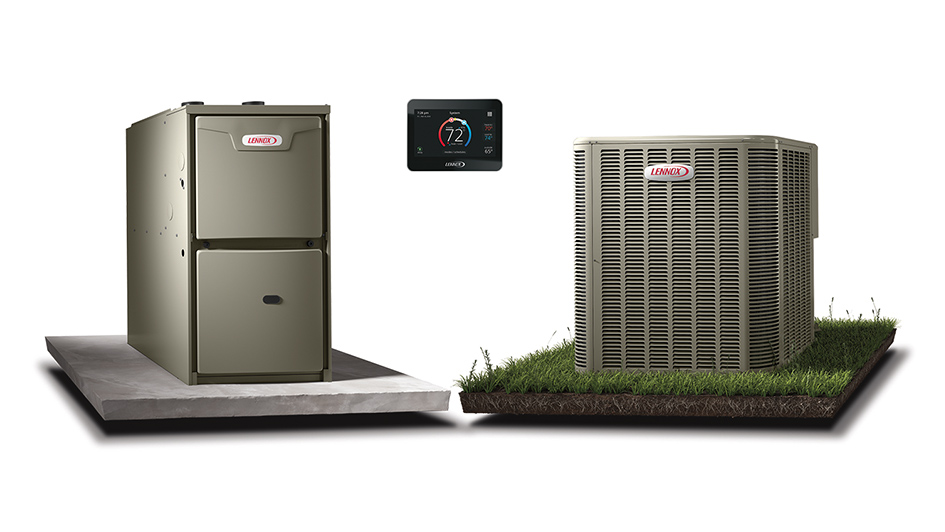
The concept of running both a furnace and heat pump can seem a little unusual at first. After all, why should you need two heating systems? Although furnaces and heat pumps both provide energy-efficient heat, the variations in their design genuinely make installing both of them a potential option. It’s not for everyone, but under the right conditions you can absolutely benefit from having a furnace and a heat pump.
You should weigh several factors in order to decide if this sort of setup suits you. Your local climate and the square footage of your home are both highly important, particularly for the heat pump. This is because some models of heat pumps begin to run less effectively in colder weather and larger homes. Even so, you can still take advantage of heat pump installation in Siloam Springs.
Heat Pumps Might Be Less Efficient in Colder Weather
Heat pumps are commonly less reliable in colder weather as a result of how they create climate control to begin with. As opposed to furnaces, which combust fuel to provide heat, a heat pump reverses its stream of refrigerant to draw heat from outdoor air. This heat is then drawn inside and distributed around your home. As long as there is still some heat energy in the air, a heat pump will function. But the lower the temperature, the less efficient this process is.
The less heat energy is accessible outside, the more time is needed for a heat pump to draw heat indoors to generate your ideal temperature. It might depend on the type of make and model, but heat pumps can start to lose efficiency at temperatures of 40 degrees and colder. They can still be an energy-efficient option until 20-25 degrees, after which a gas furnace will be more effective.
What Temperatures Do Heat Pumps Run Best In?
Heat pumps function best in moderate climates 40 degrees and up. That said, you don’t have to sacrifice the benefits of a heat pump just because your local climate is colder. In fact, that’s why installing both a furnace and heat pump might be worth the costs. You can favor the heat pump for energy-efficient heat until the weather is cool enough to warrant shifting to something like a gas furnace.
Certain makes and models feature greater efficiency in cold weather. For example, the Lennox MLA heat pump is capable of working at 100% capacity at 0°F. It can even remain efficient in temperatures as cold as -22°F. For optimum energy efficiency, you’ll likely still want to swap to the furnace in particularly cold weather.
So Should I Get a Heat Pump if I Own a Gas Furnace?
If you’re interested in maintaining the most energy-efficient HVAC system available, installing a heat pump and gas furnace at the same time warrants the investment. Not only is a dual-heating system flexible, but it provides other benefits including:
- A source of backup heating – A redundant heating system means even if one stops working, you still have the means to heat your home. It won’t always be the most energy efficient, but it’s better than shivering in an unheated home while you hold out for repairs.
- Lower energy costs – The ability to decide which heating system you use according to the highest energy efficiency reduces your total costs. Smaller heating bills over the life of these heaters can really add up to lots of savings.
- Less strain on both systems – Instead of running one system all winter long, heating responsibilities are separated between the furnace and heat pump. Key parts will sometimes survive longer as they’re not under nonstop use.
If you’re still not sure about heat pump installation in Siloam Springs, don’t hesitate to reach out to your local professional technicians. They can evaluate your home’s comfort needs and help you decide if a dual-heating HVAC system is the right option.


